¡Bienvenidos al emocionante juego "Tira al Payaso"! En este divertido desafío, los niños explorarán el fascinante mundo de la naturaleza mientras se sumergen en tres aspectos clave: ecosistemas, adaptaciones y la cadena alimenticia.
El juego presenta preguntas relacionadas con el ecosistema, factores bióticos y abióticos, la adaptación de los animales al entorno y la cadena alimenticia. Con cada pregunta, se presentan varias alternativas, y los jugadores deben elegir la correcta para avanzar. ¡Pero cuidado! Si la respuesta es incorrecta, el Payaso, sentado en una piscina de agua, caerá al ser golpeado con una pelota.
A lo largo del juego, los niños fortalecerán su comprensión de cómo los seres vivos se adaptan a su entorno, la importancia de los diferentes roles en la cadena alimenticia y cómo los ecosistemas albergan una increíble variedad de vida.
¡Prepárense para una aventura educativa llena de diversión, aprendizaje y descubrimientos en "Tira al Payaso"!
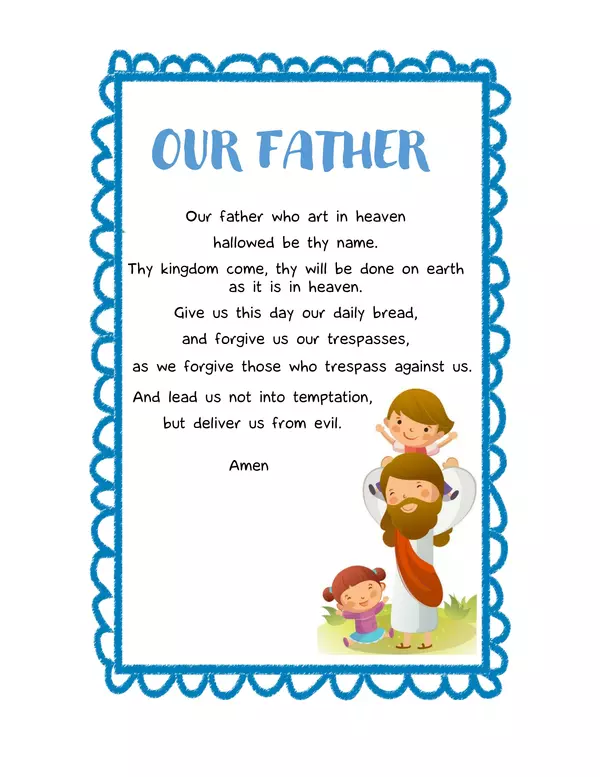

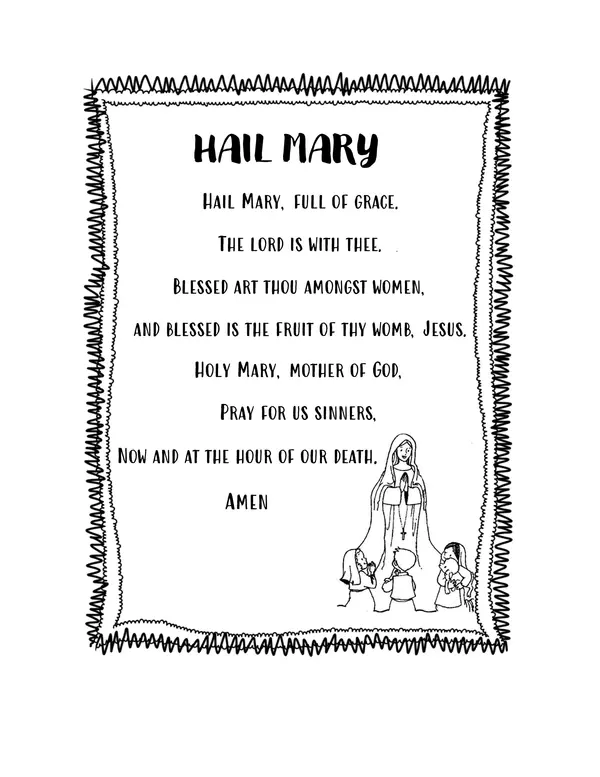
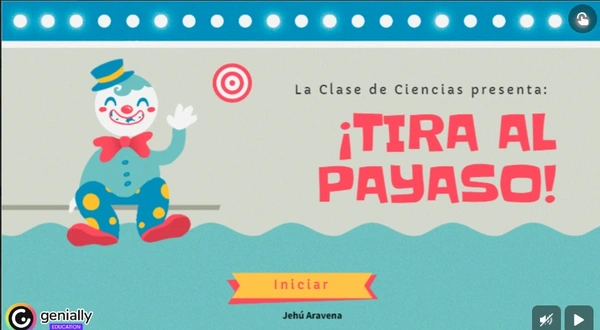
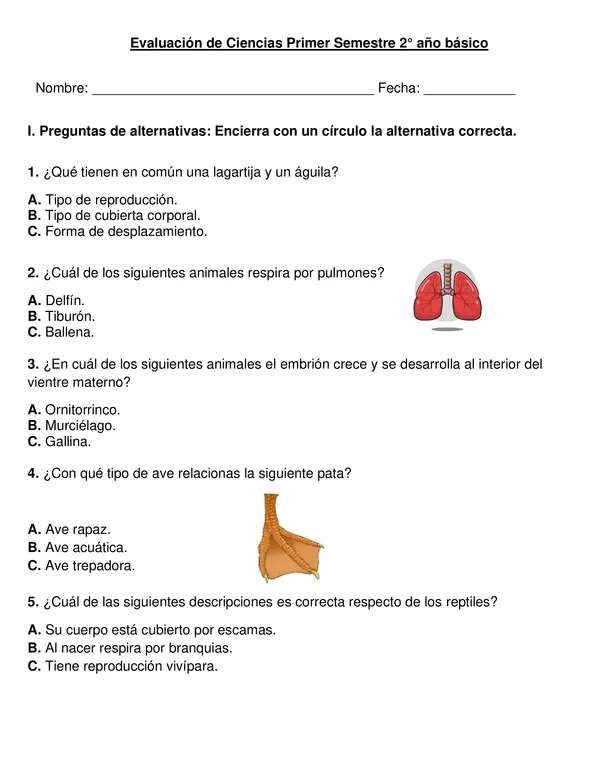
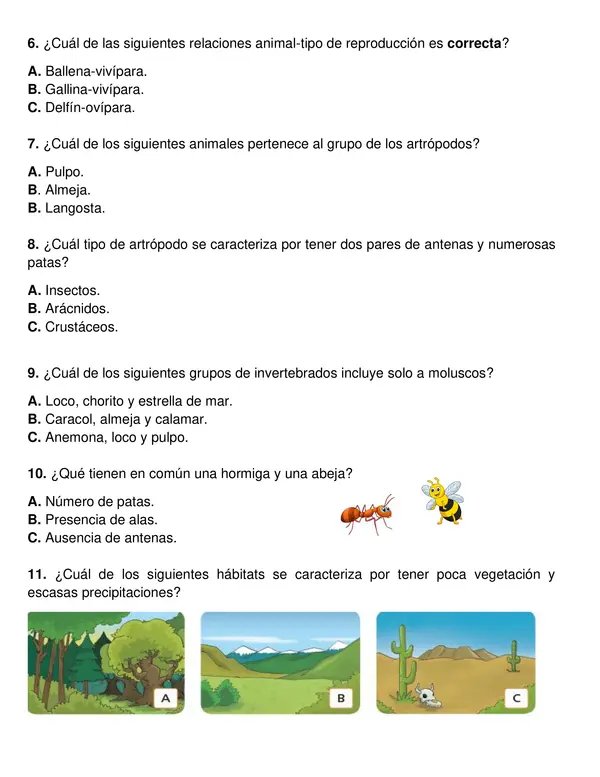

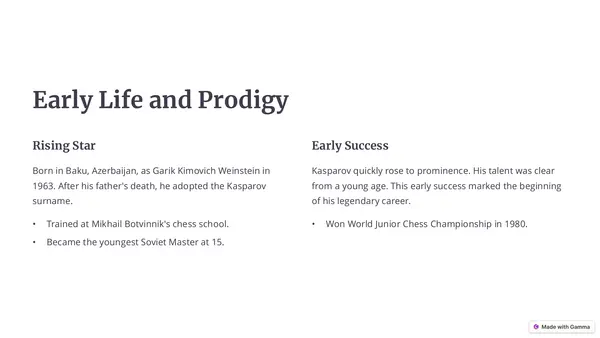
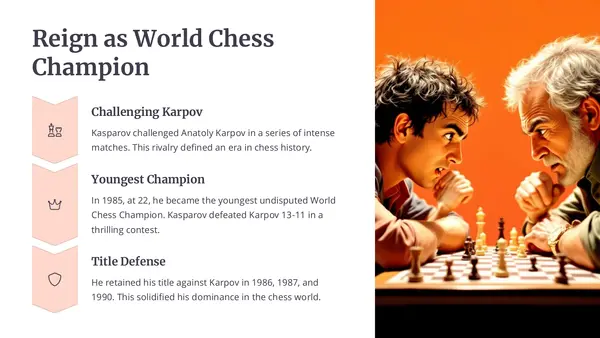
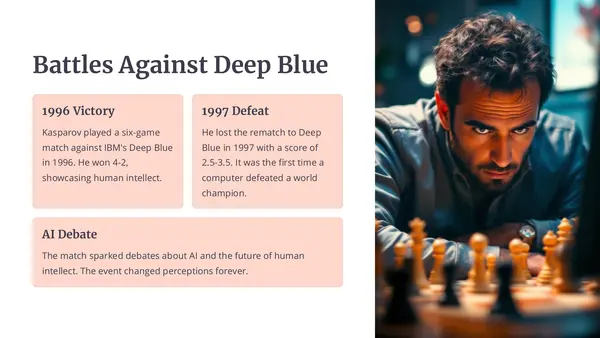
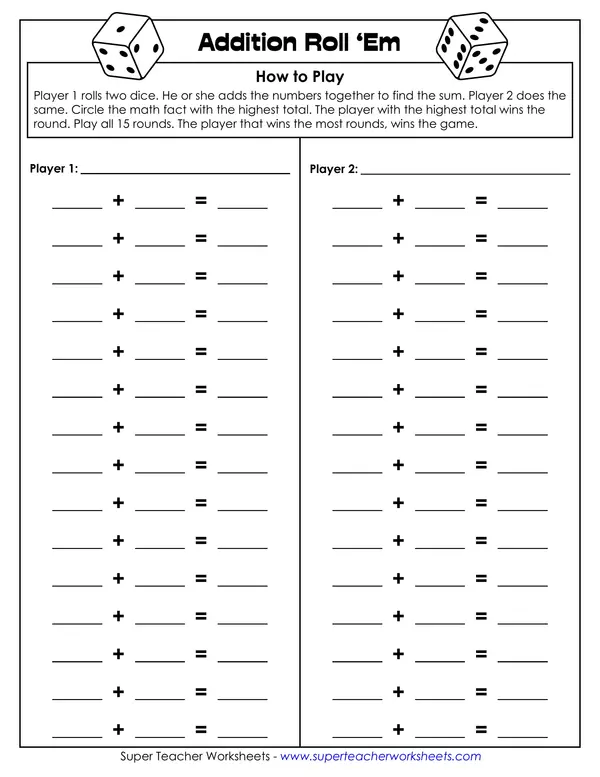
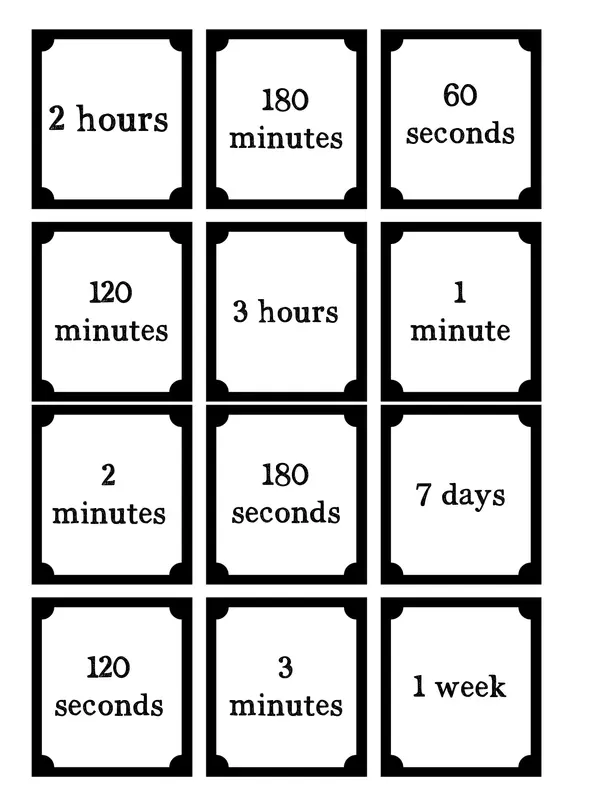
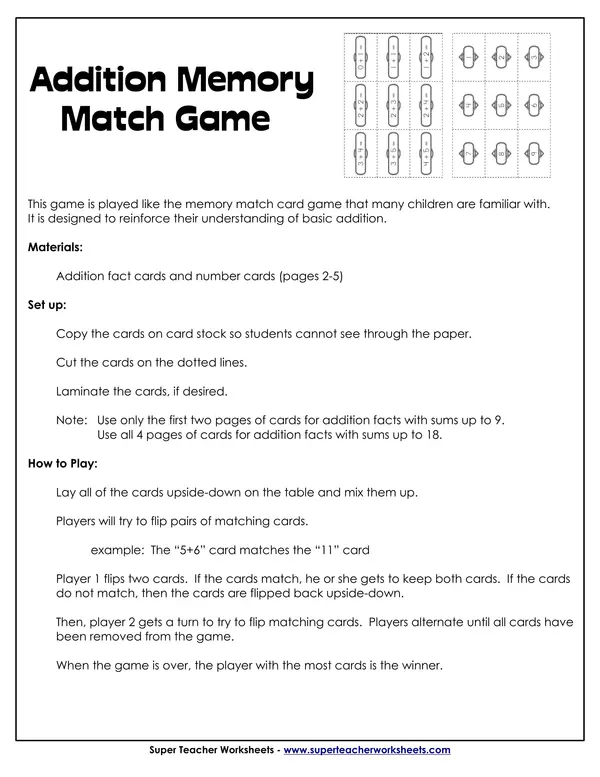
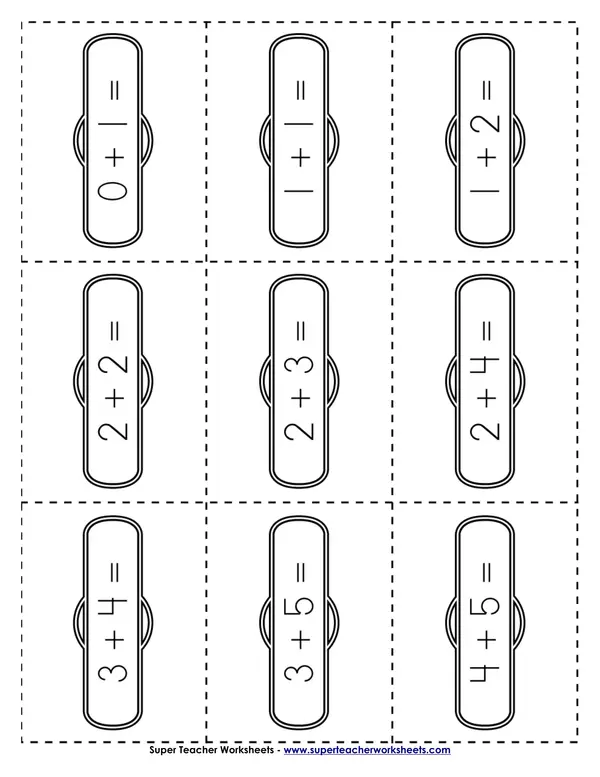
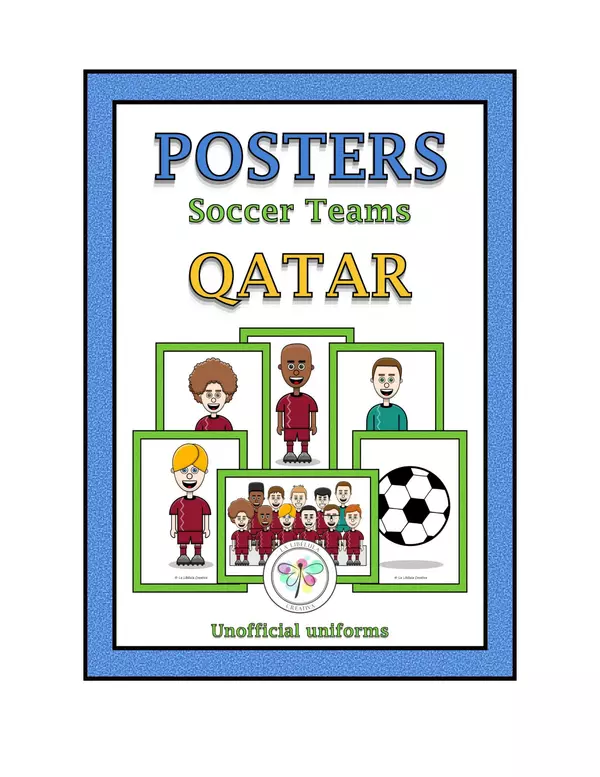
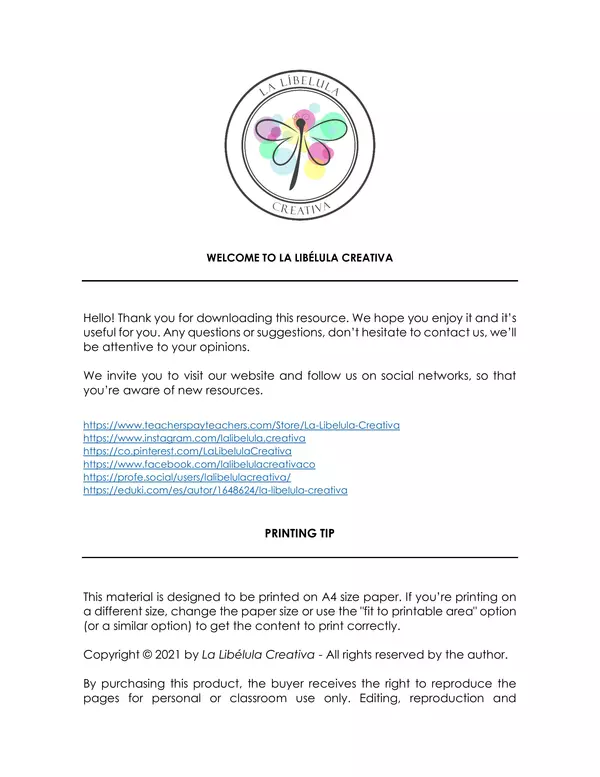
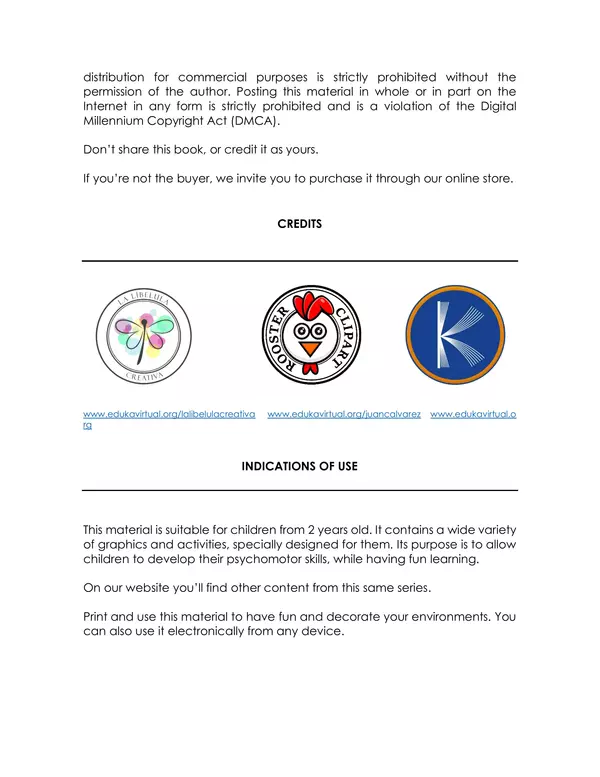
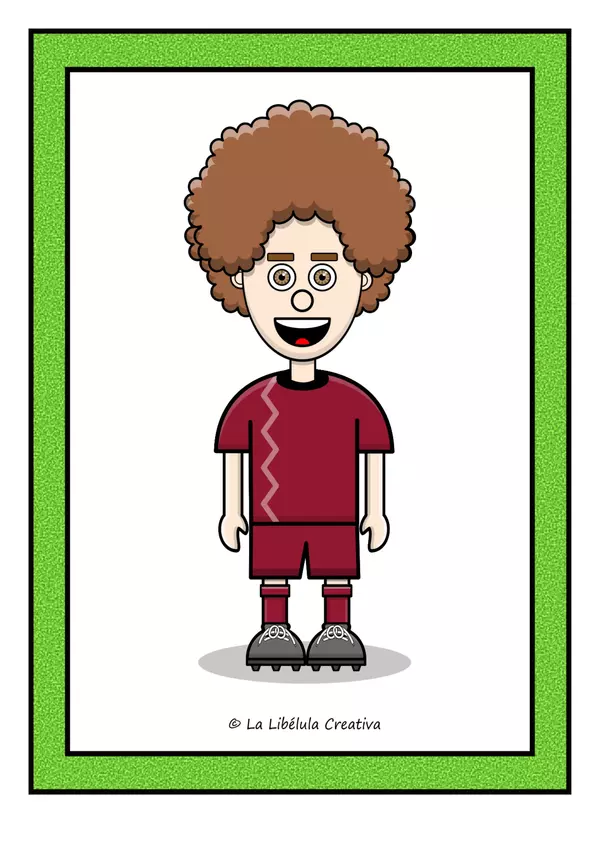
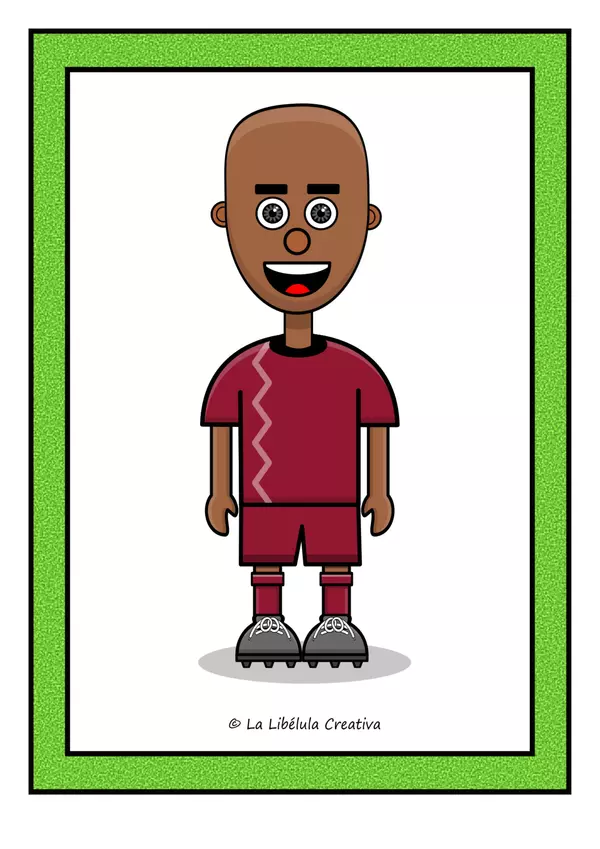
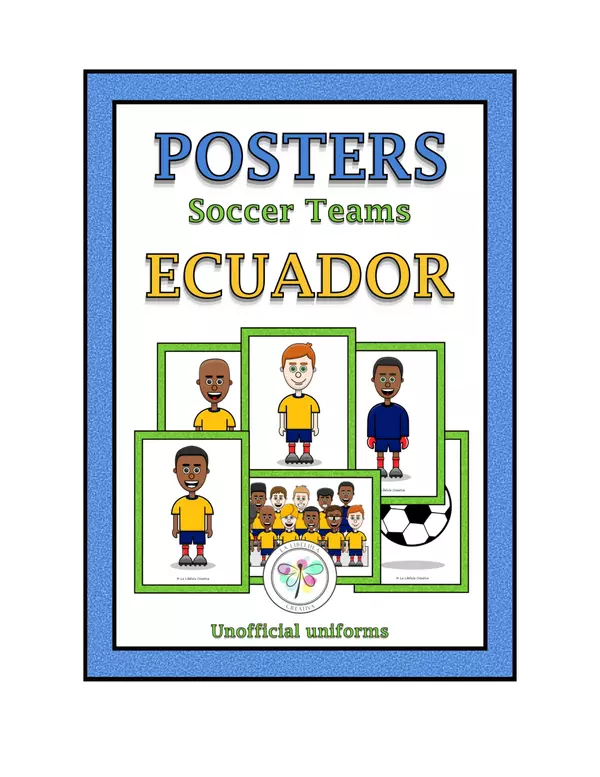
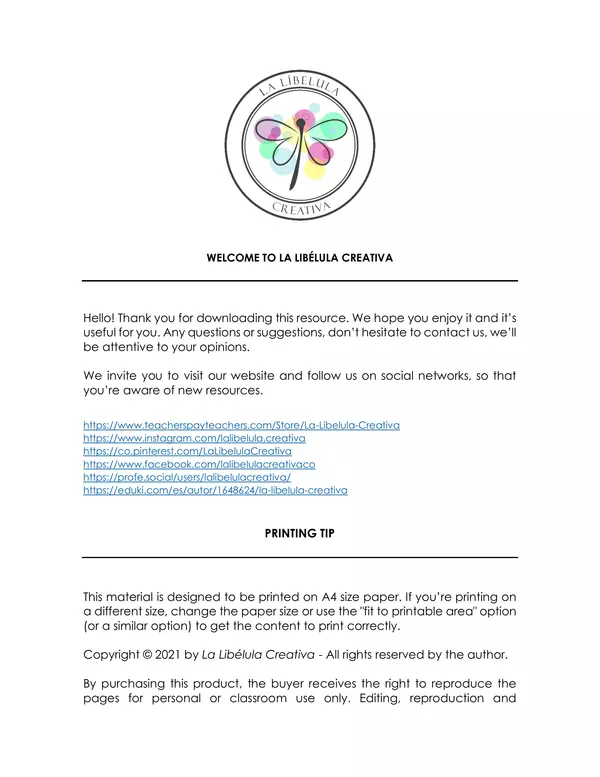
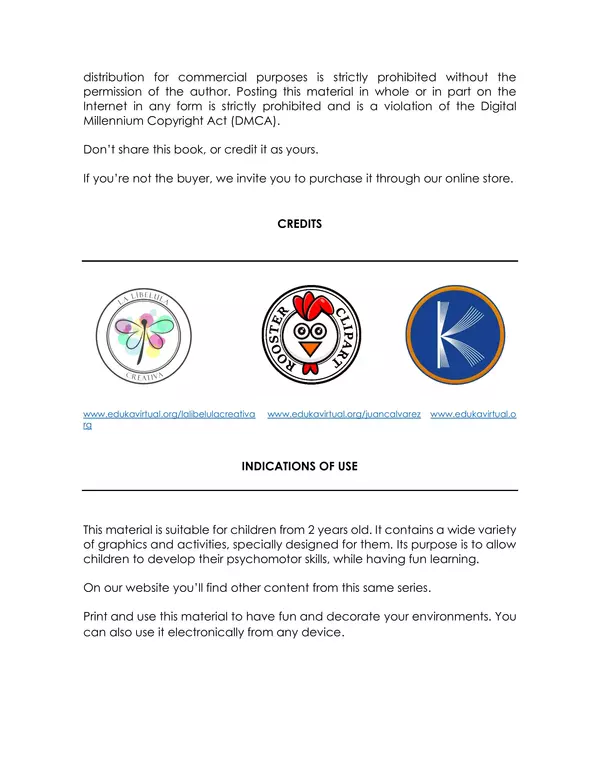
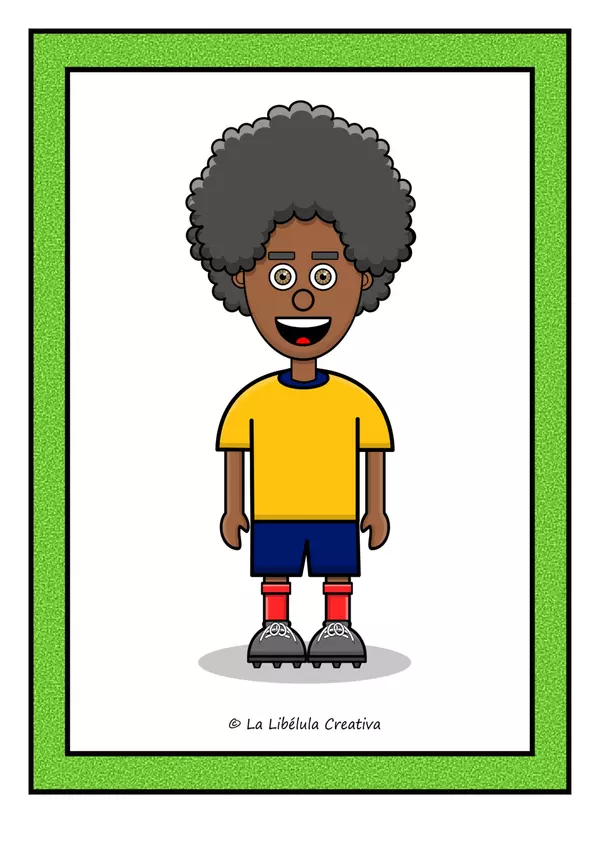
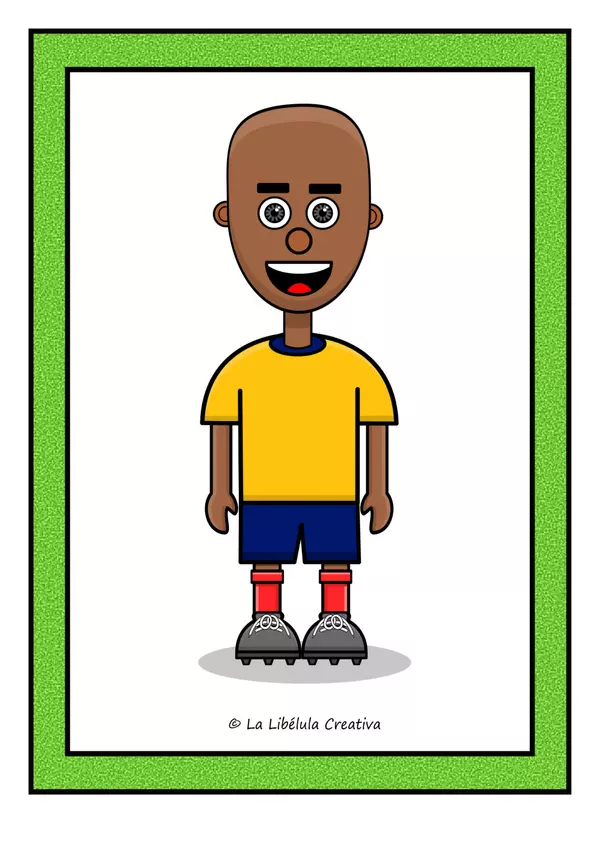
Descargado jajajaja